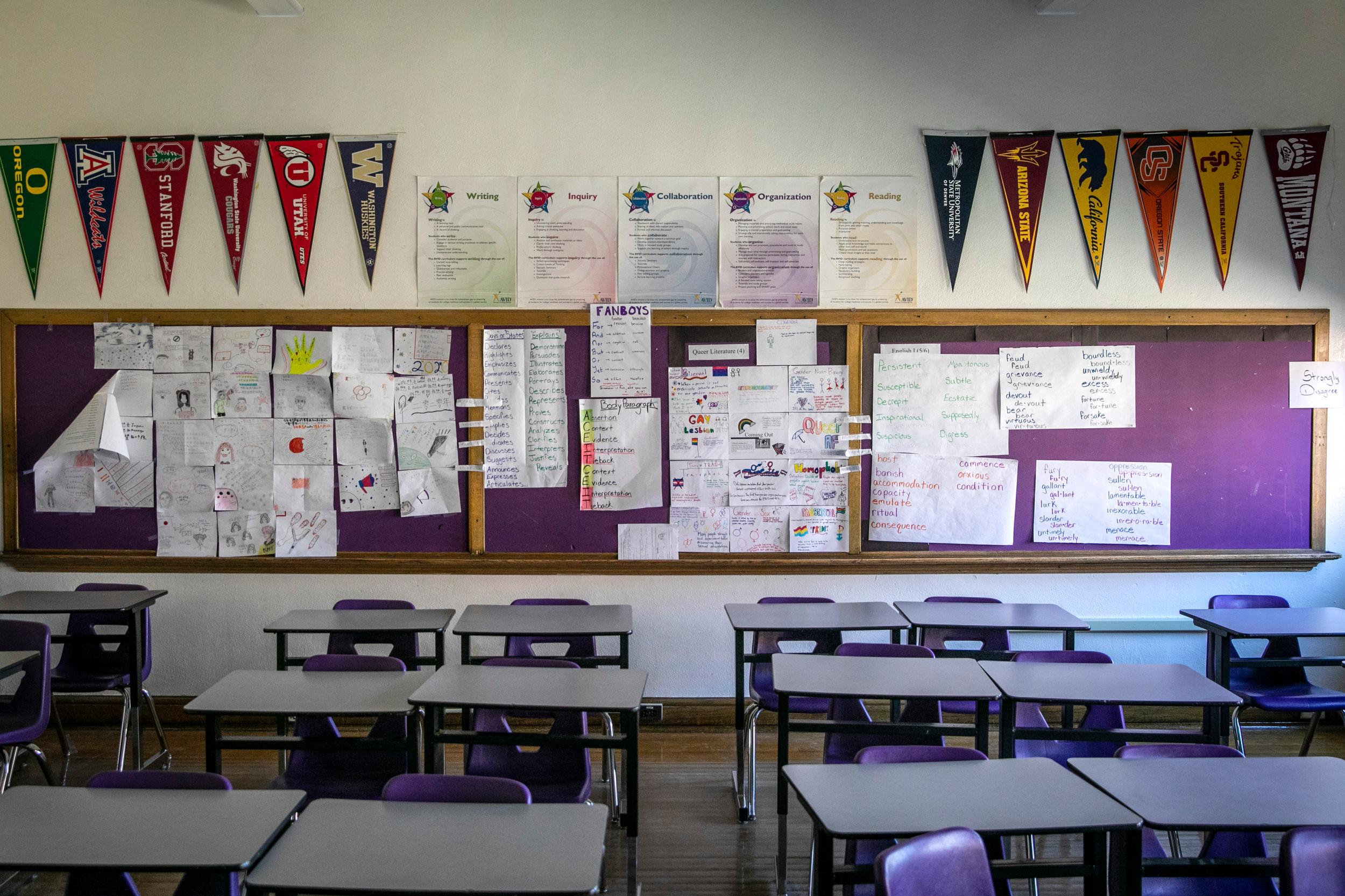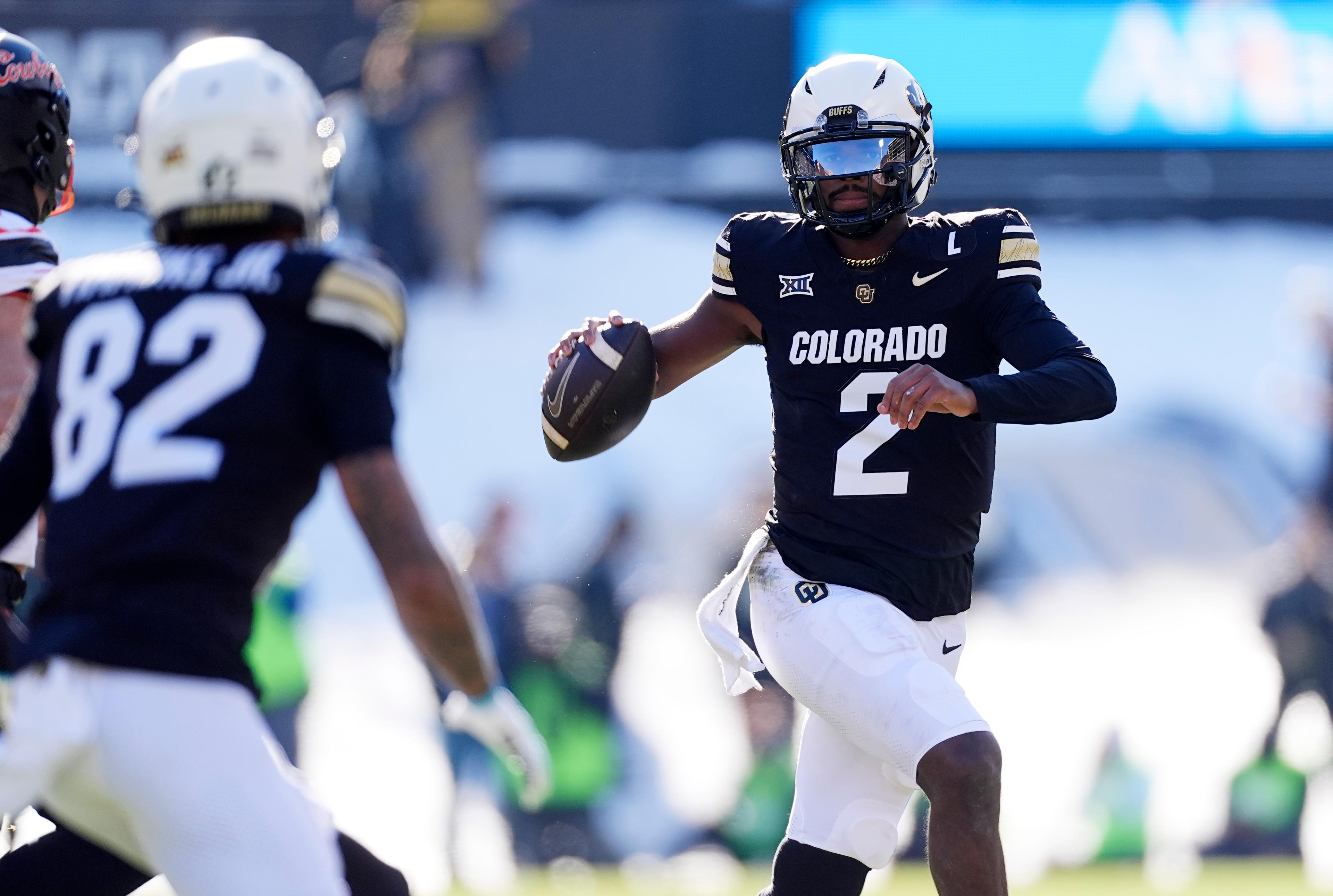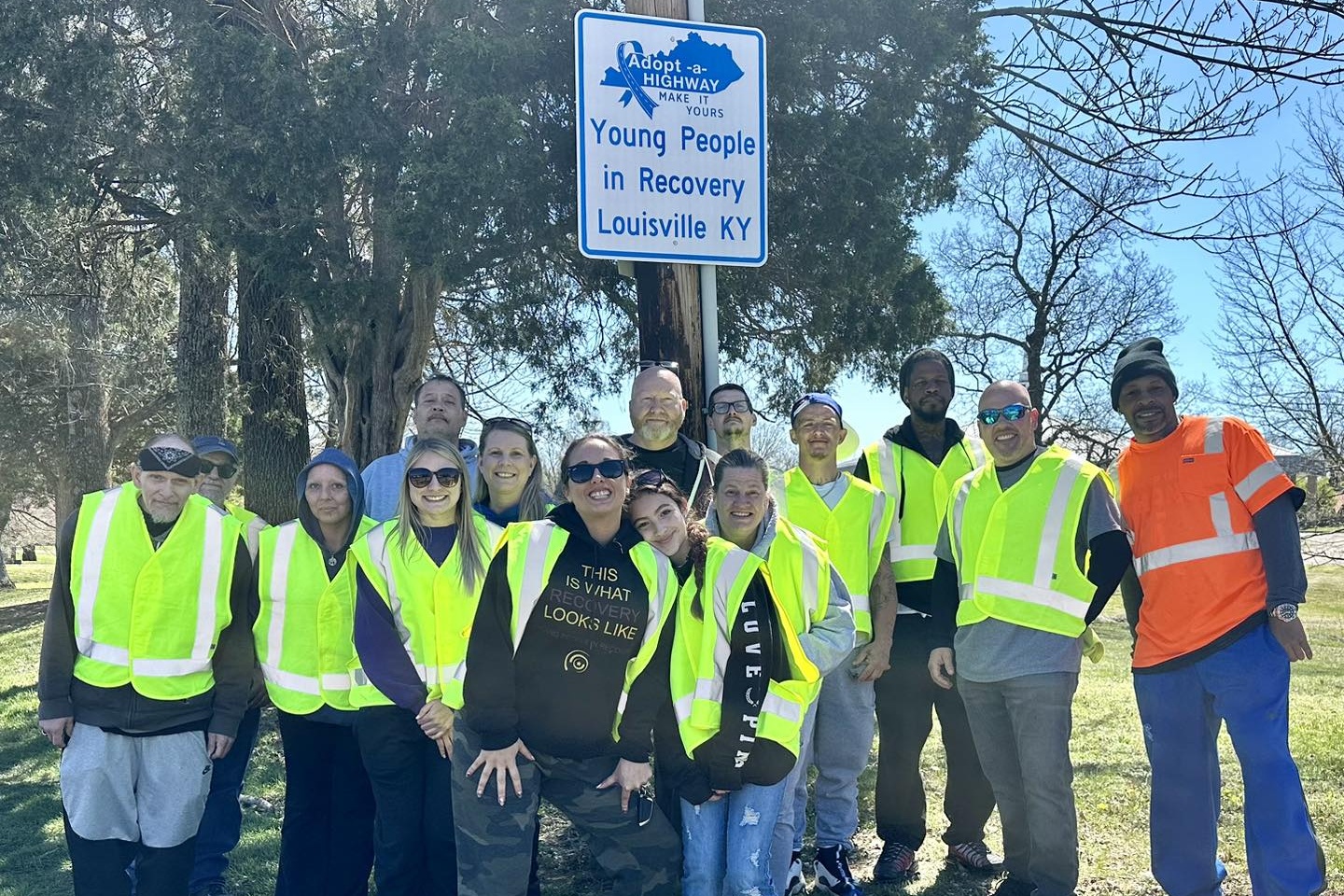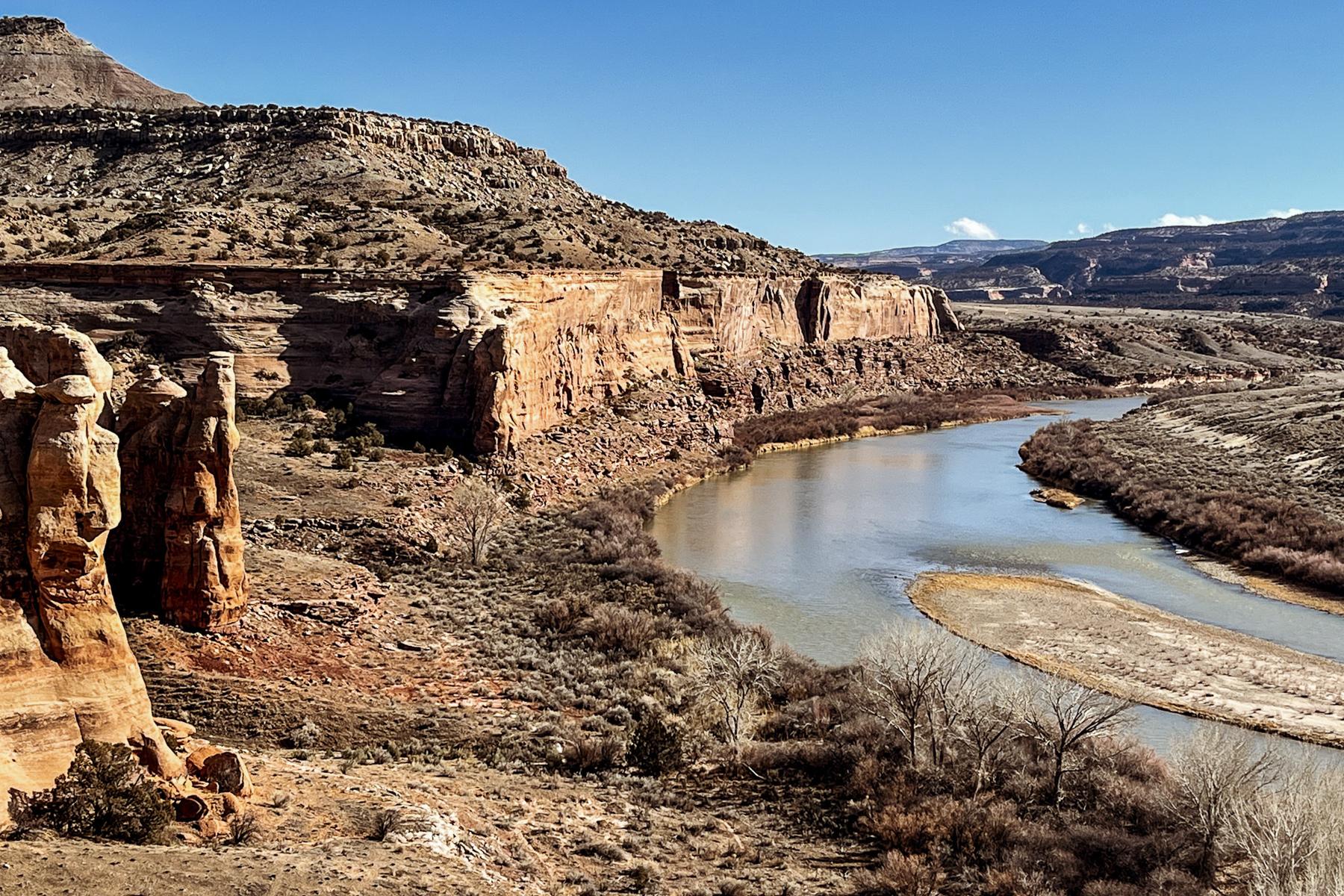
State officials gave an early look Tuesday at how Colorado’s 900,000 students can return to school in the fall. Schools closed in mid-March as a result of the highly contagious novel coronavirus.
When they open for the 2020-2021 schoolyear, Colorado schools will likely run in a “hybrid” fashion that limits the number of students at school at any one time and eliminates large social gatherings. Districts who have released initial plans say recess will involve social distancing and hallways may be one-way only.
The "toolkit," developed with school leaders and the Colorado Department of Public Health and Environment, includes recommendations for symptom screening, isolation of those with symptoms, and those who test positive as well as quarantine for those who may have been exposed. There are steps as well for cleaning and disinfecting surfaces, supporting and encouraging hand hygiene and respiratory etiquette. Schools would be required to shut down if there is an outbreak of COVID-19.
Under CDC rules, schools would have to arrange desks six feet apart.
“We know that the context could be very different across diverse communities,” said associate commissioner Rhonda Haniford. “So we do urge districts to work closely with their local health departments to fine-tune their own plans controls.”
The toolkit recommends that districts consider grouping students to have recess together, eat together and have passing time together. Teachers could move between classes -- instead of students -- to reduce contact with other students and slow the spread of COVID-19.
Another idea is “flex-grades” where a 5th grade class becomes a 4th/5th grade class with teachers starting the year with content from the last few months of 4th grade that may have not been covered due to COVID-19 remote learning environment
Schools will need to make decisions like, will at-risk students require more in-person learning or will younger students who don’t do as well with remote learning need to be prioritized?
“This is going to be best decided at the local level because they're going to know what their student population is and they're going to know who needs the most intensive in-person learning,” said Colorado Education Commissioner Katy Anthes.
Some districts may stagger schedules so some students are only in school two or three days a week; other districts may determine that one group of students comes to school for a week and then engages in remote learning the next week.
“That will also likely evolve as we learn more about the virus and what it will take to clean buildings, sanitized buildings, do quarantines,” she said.
In his Tuesday press briefing, Gov. Jared Polis said it’s his expectation that kids in most parts of the state will be able to return to school.
“The flip side of that expectation is there could very well be areas of the state, communities or districts that have a high viral rate at that point and might have to begin online for a few weeks. I hope that there's none of those but there absolutely could be some.”
Parents won’t have an answer on whether school will start as normal in the fall and what precautions will be until later in the summer.
“I am amazed and grateful to our teachers and administrators for all they are doing to ensure that even during this historic pandemic, Colorado’s kids are still learning,” Polis said. “These guidelines are an important first step on the path of ensuring districts, families, and of course kids are prepared to the greatest extent possible for this fall.”
The toolkit is a working document that will be updated to reflect any new public health orders, the status of COVID-19 cases in communities and any progress the medical community makes on treatment. It may also change based on feedback from district and school leaders, teachers, students, other education staff and organizations.
Officials say the top priority is to keep students and educators healthy. At the same time, children have to keep learning.
“We are doing everything we can to make sure schools can safely open in the fall,” Anthes said. She said in-person learning provides structure for students and supports working parents who need to return to their jobs.
Some Colorado school districts have already suggested what the fall might look like:
Colorado’s second largest district Jefferson County released a draft of its fall back-to-school plan Friday that involves in-person learning with safety precautions but also a remote option for some families. There will likely be staggered schedules, no common gatherings, symptoms screening and temperature checks as students and staff file into schools. Face coverings are recommended but not required. How many days a week students will ultimately be in school depends a lot upon changing health regulations.
District 27 J, which spans Brighton, and parts of Aurora, Commerce City, Henderson and Thornton, has planned for several scenarios including fully remote learning, mostly remote learning and blended learning for all. In a mostly remote learning environment, small prioritized groups of students “who may not have had equitable access to education through fully remote learning” will have the opportunity to receive direct, in-person instruction.
Boulder Valley Schools released a plan to parents and students on May 12. The district is preparing five phases of learning options, from the most restrictive, remote learning, to a return to normal operations, in which all students are back in school. Families who are uncomfortable sending their children back to school are able to attend Boulder’s fully online school.
“The Boulder Valley School District recognizes we have students who are vulnerable and at high risk of severe illness from COVID-19 or have immediate family members who are,” the plan states. “We will work directly with those families, on a case-by-case basis, to address their specific needs and ensure appropriate precautions are in place to provide the safest learning environment for them.”
Denver Public Schools will release a draft plan Friday.









